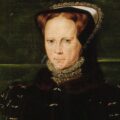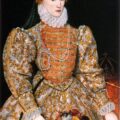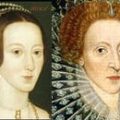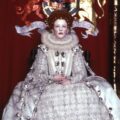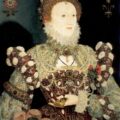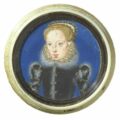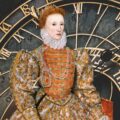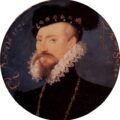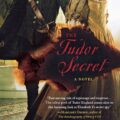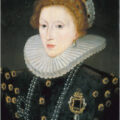“It would please me best if, at the last, a marble stone shall record that this Queen having lived such and such a time, lived and died a virgin”
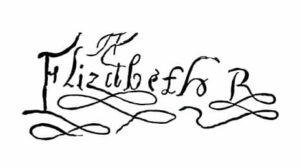
It seems more than obvious to me that growing up with the knowledge and understanding of a father who marries, divorces, and beheads, six wives including your own mother, does not make one eager for marriage. Even though, Elizabeth I understood the importance of marriage as a queen, she obviously never deemed it important enough to claim a husband hence one of her titles ‘the virgin queen’. You have to admire her forthrightness and courage to stand her ground as a female first and foremost. Ah, she is her mother’s daughter after all!
Throughout her reign, Parliament petitioned her to marry or nominate an heir to prevent civil war upon her death. She refused to do either. She kept this question open using it as a diplomatic ploy. Instead saying in 1563, “If I follow the inclination of my nature, it is this beggar-woman and single, far rather than queen and married”.
As a result, Parliament viewed her failure to marry as irresponsibility on her part. However, Elizabeth’s silence strengthened her own political security. She understood that if she named an heir, her throne would then be vulnerable to a coup.
The romantic in me believes that the love of her life will always be childhood friend Lord Robert Dudley. They became good friends when Elizabeth was just a princess during the year 1557-1558. She was so fond of him she gave him his first title, ‘Master of the Horse’ or ‘Horsemen’. In 1558, upon the passing of her half-sister Mary Tudor, she became Queen of England. A year later, in April 1559, one of her first royal duties was to give Robert Dudley the second title of ‘Knight of the Garter’ or ‘knightood’. This was a way to keep the now Lord Robert Dudley near her even though he was a not so happily married man. They could be together romantically but still maintain the charade of friendship. Their intimacy soon was talk in court, country and abroad. Even though she promised to marry him, during two of his marriages’, she never did; fearing a political uprising. Robert Dudley forever kept a special place in her heart. After Elizabeth’s death, a note from him was found amongst her most personal belongings, marked “his last letter” in her own handwriting. Robert Dudley died in 1588 shortly after the Spanish Armada.
The Elizabethan Era is associated with Queen Elizabeth I’s reign (1558–1603) and is often considered to be the golden age in English history. It was the height of the English Renaissance which saw the abundance of English poetry, theatre, music and literature. For example, The Faerie Queene by poet Edmund Spenser was written in praise of Queen Elizabeth I. She appears most prominently as Gloriana or the Faerie Queene herself. Largely symbolic, the poem follows several knights in an examination of several virtues. It hints at a connection between the Tudor dynasty and King Arthur.
Elizabeth I was the first Tudor to recognise that a monarch ruled by popular consent. She worked with Parliament and advisers she could trust to tell her the truth in a way that her Stuart successors failed to follow. Some historians have called her lucky in that she believed that God was protecting her. Referring to herself as being “mere English”, she trusted in God, honest advice, and the love of her subjects for the success of her rule. In a prayer, she offered thanks to God saying, “when wars and seditions with grievous persecutions have vexed almost all kings and countries round about me, my reign hath been peacable, and my realm a receptacle to thy afflicted Church. The love of my people hath appeared firm, and the devices of my enemies frustrate”.
Above all, Elizabeth I loved her mother whom she lost so tragically at the age of two and a half. She always wore a bejewelled locket ring on the finger of her left hand. When she died, her men removed and inspected her jewels. When the locket ring was opened, two miniature portraits were painted on either side: one of her mother Anne Boleyn and one of herself.
By Kimberly Eve
